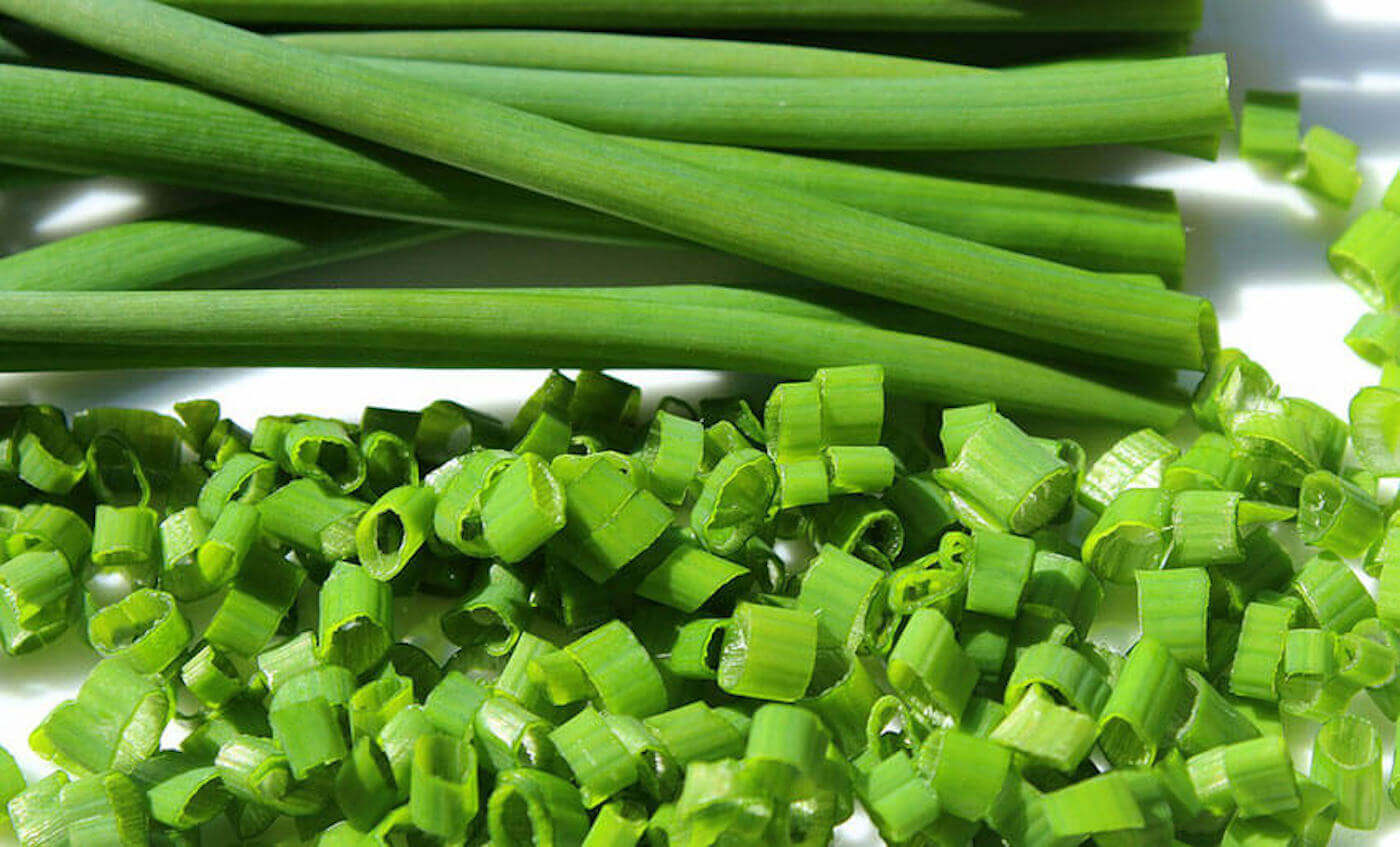The Difference Between Chives, Scallions, and Green Onions
Green, pungent, and full of flavor, chives, scallions, and green onions are must-have ingredients in the kitchen. That said, many cooks become confused by the similarities and differences between these three ingredients.
That begs the question: Are chives, scallions, and green onions the same?
In short, scallions and green onions refer to the same ingredient, while chives deserve their own recognition.
How Chives, Scallions, and Green Onions Compare
While these three are quite similar, here’s how to tell one from the other.
Scallions and Green Onions
Despite some confusion, recipes calling for scallions or green onions are referring to the same ingredient! The only difference lies in the label. No matter what you call them, these plants grow in a slender, elongated form with white bottoms and green tops.
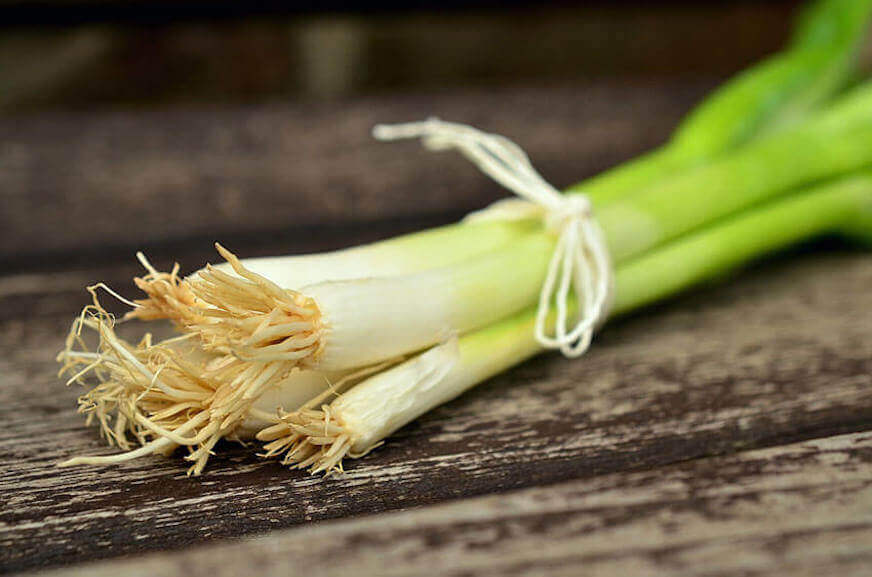
Some green onions are immature forms of the bulbing onions we love, while others are special varieties that have been developed to never form a bulb at all. Farmers harvest both types by pulling the entire plant from the ground, which is why they often have whiskery roots dangling from the end.
All varieties have an onion taste that’s a bit milder than traditional white or yellow bulbing onions. However, you’ll find that the white bottoms on these plants are a bit more pungent than their tender green tops.
Chives
Chives are a completely different plant species than scallions and green onions. While green onions and scallions are considered vegetables, chives are grouped with herbs like parsley and basil.
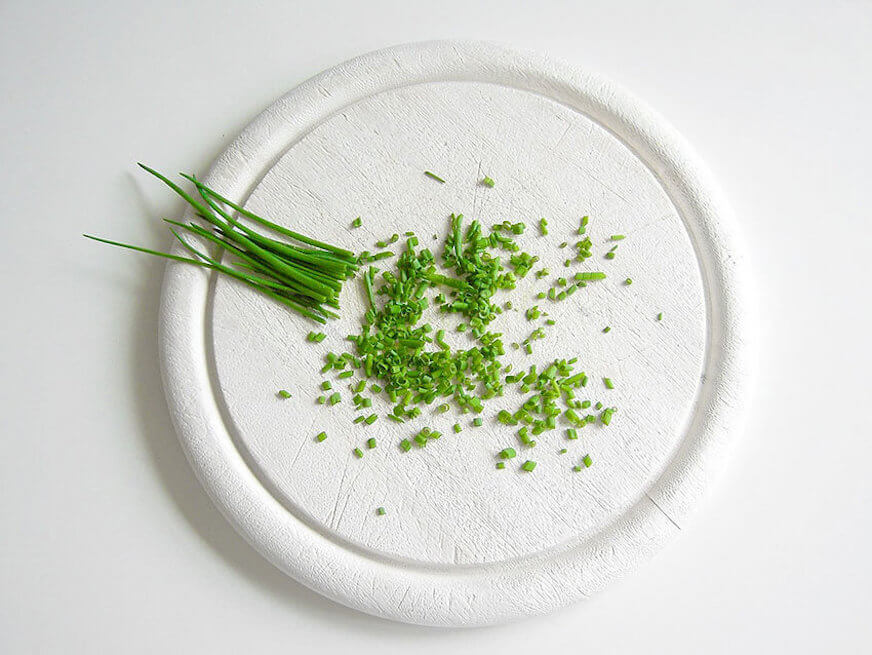
Compared to heartier green onions, chives are thinner and more fragile. Additionally, the entire plant is green, rather than green and white.
Another difference is a chive plant’s growth form and the farmers’ harvest method. Unlike scallions and green onions, farmers harvest chives by cutting the leaves near ground level. After a few weeks, the leaves will regrow and be ready for another harvest.
Types of Chives
While you may think chives are chives, there are actually different types of this herb.
- Common chives are the most familiar and widespread variety. They exhibit a mild onion flavor, and their green leaves are round and hollow.
- Garlic chives have a subtle garlic flavor. You can also distinguish them by their green, flattened leaves.
- Siberian chives also have a mild onion flavor, although the leaves are a bit longer and bluer than common chives.
Culinary & Pastry Career Survey
Culinary & Pastry Career Survey
What's your ideal culinary career? Answer 20 simple questions and see if your dream career gets revealed to you.

We’ve compiled of all of the essential questions into one handy guide: Career options, description of skill requirements, and more!


What About Spring Onions?
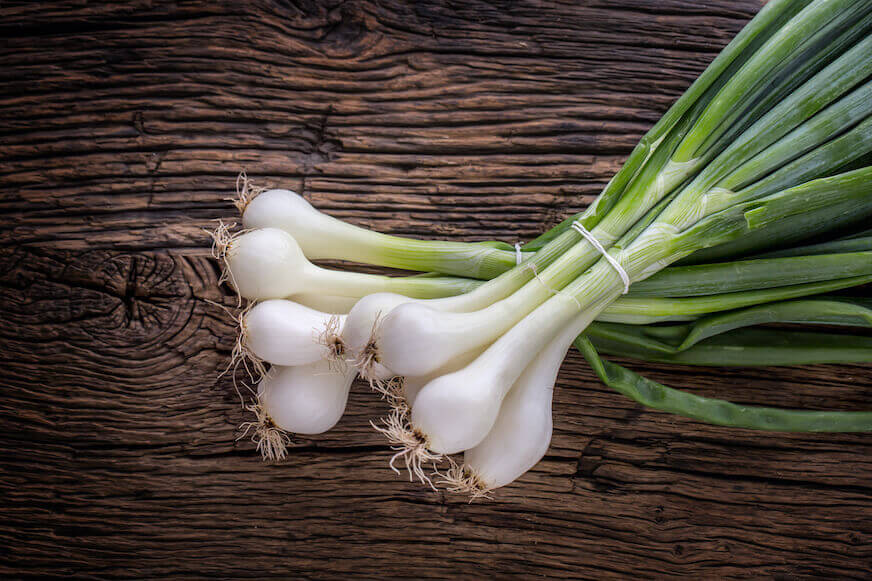
Another green allium you may come across while flipping through recipes is the spring onion.
Unlike the three slender ingredients mentioned above, spring onions have a small yet obvious bulb near their roots. That’s because they’re technically the immature form of bulbing onions. Therefore, you can find yellow, white, and red spring onion varieties.
In some cases, green onions will eventually grow into spring onions. And if these spring onions are left in the ground even longer, they will form larger onion bulbs.
So what about their taste? Spring onions have a pungent yet sweet taste that is slightly altered depending on the exact variety. If you can’t find green onions, you can substitute spring onions instead.
Tips for Storing Chives, Scallions, and Green Onions
Despite their differences, you should store all of these plants the same way.
Unlike cured onions, these ingredients are fresh and filled with water, which means they’re at greater risk of wilting, drying out, and rotting. To keep them fresh for as long as possible, it’s optimal to store these ingredients in the refrigerator.
A best practice is to place the chives or onions in an airtight plastic bag – compressing out as much air as possible before sealing – and then place them in the crisper drawer. If you store them this way, they should stay fresh for one to two weeks.
How to Cook with Chives, Scallions, and Green Onions
Even if you know what these ingredients are, you might still be curious about how and when to use them in the kitchen.
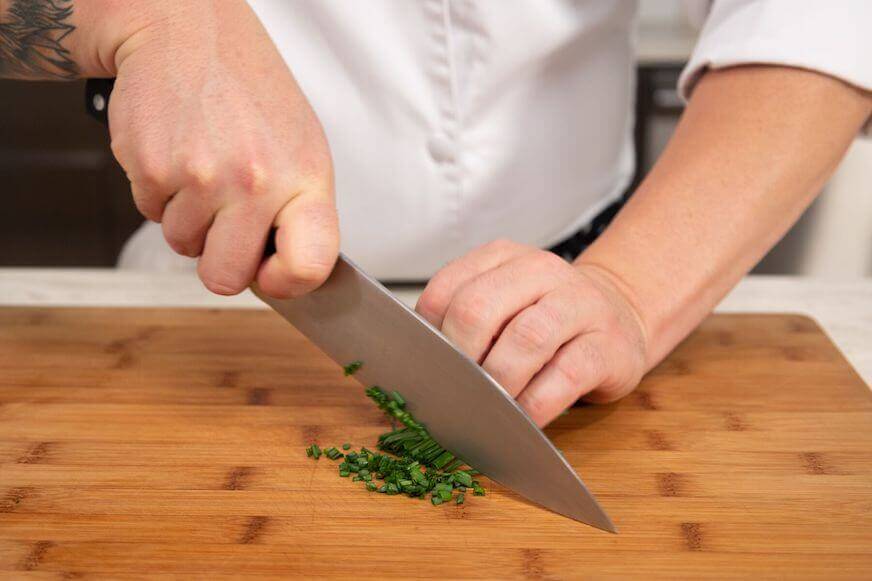
While bigger bulb onions are one of the key building blocks for dishes like a rich Shrimp Bisque and classic French Onion Soup, cooks treat green onions and chives a bit differently.
Due to their fresh and fragile nature, chives and green onions are delightful when they’re used raw. Try sprinkling chopped chives on top of baked potatoes, scrambled eggs, or roasted chicken. And if you have some extra scallions, slice them and use them on top of tacos, ramen, stir-fry, or potato salad.
You can also find recipes that star these crisp alliums. Cheddar and chive biscuits add a twist to traditional Flaky Buttermilk Biscuits by pairing sharp and creamy cheese with a fresh pop of chives. And if you’re looking for a way to use up a whole bunch of green onions, try making some savory scallion-infused pancakes.
Learn More About Your Ingredients
The onion family is delicious but diverse, so it’s understandable if you need some help learning how to utilize scallions, chives, and other alliums.
Online cooking classes from Escoffier Home Gourmet and America’s Test Kitchen can help you become familiar with new ingredients and guide you through new recipes. Whether you’ve just started exploring cooking or consider yourself a seasoned chef, you can choose from over 300 courses. And if you aspire to become a chef professionally or want to open your own restaurant, consider enrolling in a degree or diploma program at Auguste Escoffier School of Culinary Arts.
To learn more about ingredients and techniques, check out these articles next:
- Minced Garlic Vs. Garlic Powder: What’s the Difference?
- How to Brew Your Own Soda
- 5 Ways to Use Chicken Stock
This post was originally published on February 27, 2019 and has since been republished.

